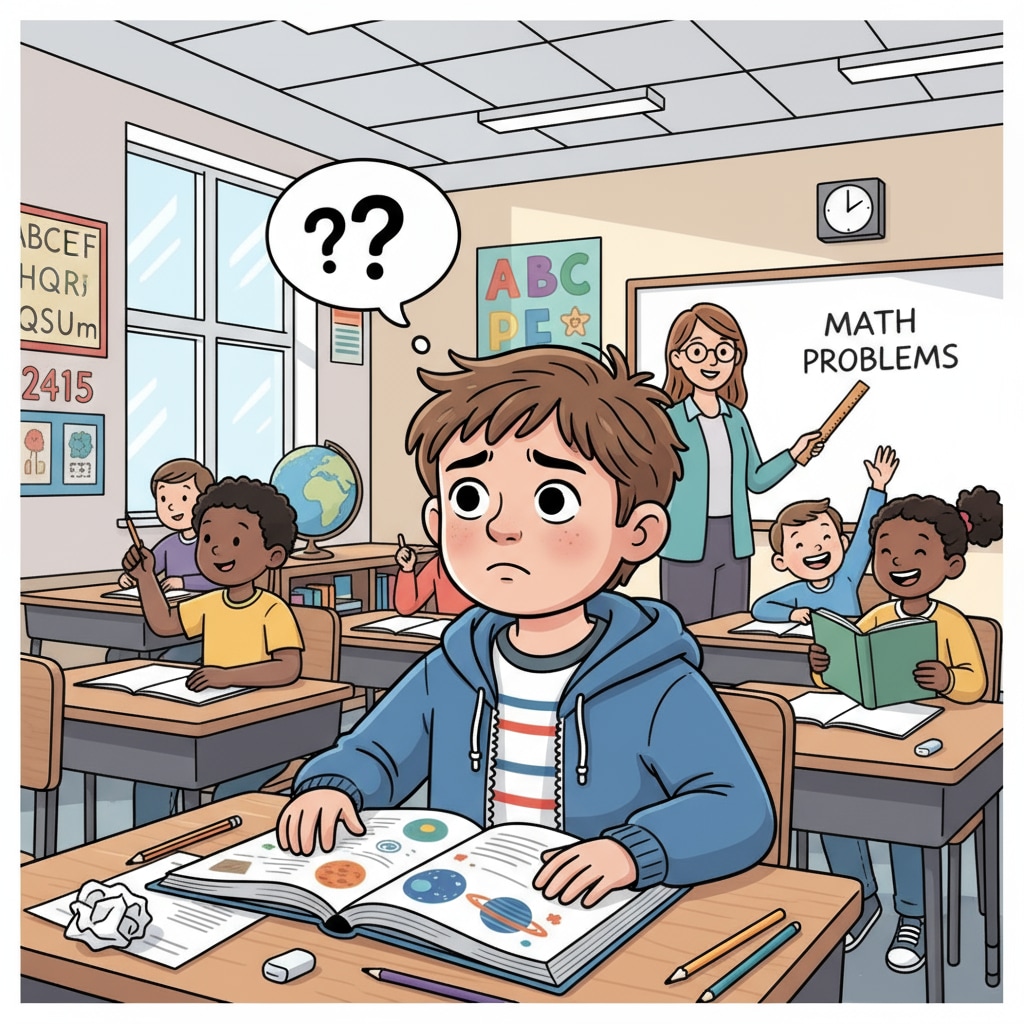Highly gifted young children, especially those who may be twice exceptional (2e), often face unique challenges when transitioning from a Montessori environment to a public school’s gifted program. This article delves into these challenges and provides practical strategies to ensure a smooth and successful transition.

The Challenges of Transition
For highly gifted 2e children, moving from a Montessori environment to a public school can be quite daunting. Montessori settings typically offer a self-paced, individualized learning experience. However, public schools often have a more structured curriculum and a larger student-to-teacher ratio. For example, in a Montessori classroom, a child might have the freedom to choose their learning activities throughout the day. In contrast, a public school classroom usually follows a set schedule. As a result, these children may struggle to adjust to the new routine. Understanding Twice Exceptional on Understood.org

Preparing for the Transition
Preparation is key to a successful transition. Parents and educators should start by having open conversations with the child about the upcoming change. Explain the differences between the two environments in a positive and reassuring way. In addition, visiting the new school before the start of the term can help the child become familiar with the layout and meet the teachers. Another important step is to review the curriculum of the public school’s gifted program. This way, the child can get an idea of what to expect. Twice Exceptional Information on Hoagiesgifted.org
Readability guidance: By using short paragraphs and lists, we can clearly present the key points. Each H2 section provides a focused set of information. We also control the use of passive语态 and long sentences, and incorporate transition words like ‘however’, ‘therefore’, ‘in addition’, ‘for example’, and ‘as a result’ throughout the text.


